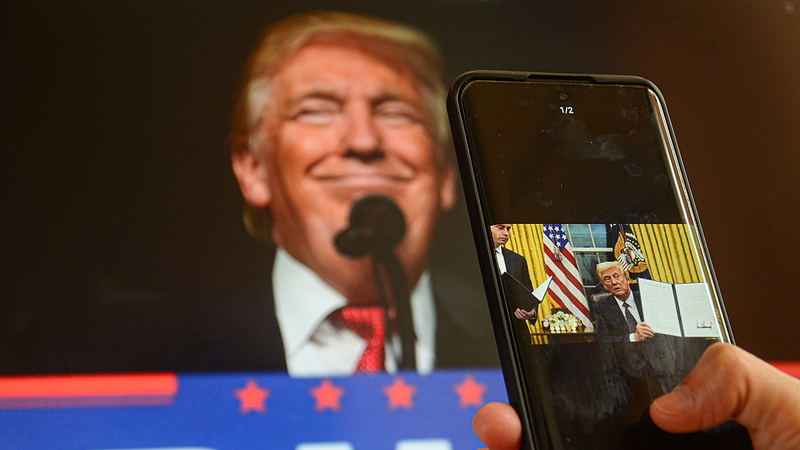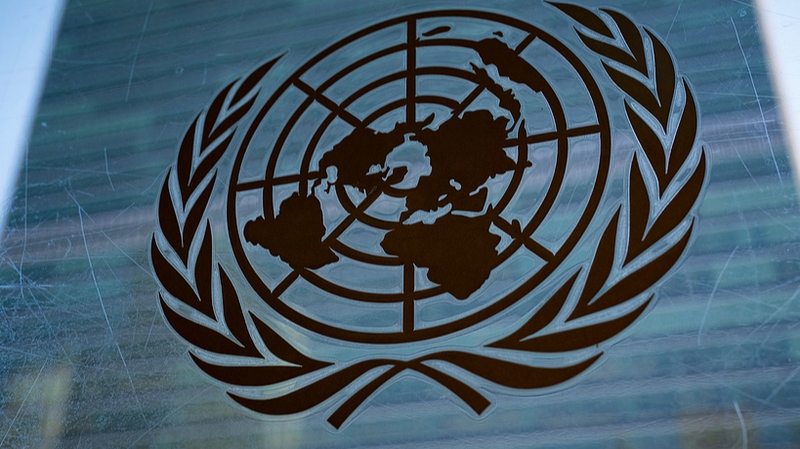Trade policy just got a playful nd polarizing nd twist under the Trump administration, as officials roll out what critics already call 'kindergarten math.' This time, the White House is proposing a 'reciprocal' tariff formula designed to shrink the US trade deficit by matching any duties imposed on American exports. In practice, it the economic equivalent of charging your neighbor rent because their lawn is greener.
Simplifying the 'Reciprocal' Tariff
Under the new plan, the United States would apply a tariff rate identical to whatever other G20 partners levy on US goods. If a trading partner charges a 10% import duty on American cars, the US would slap the same 10% tax on their imports. The aim? Plug the gap in the balance of trade nd—no complicated calculations, just a straight 1:1 swap.
Kindergarten Math or Calculated Strategy?
Supporters say the simplicity cuts through red tape and sends a clear message: unfair trade practices won’t stand. Detractors argue it oversimplifies complex global supply chains and risks unintended fallout. When 2+2 suddenly equals 'tax the penguins,' you know you’ve crossed into political theater.
Real-World Ripples
Across G20 capitals, business and tech leaders are weighing in. Some entrepreneurs warn that escalating duties could drive up costs for consumers and disrupt manufacturing networks. Others see an opportunity to renegotiate deals and push for more equitable market access. Meanwhile, changemakers and young influencers wonder if this spark might ignite a broader conversation on sustainable trade policies.
What’s Next?
As digital nomads and globe-trotting travelers watch tariffs make headlines, the real question remains: will this 'reciprocal' formula tame the trade deficit, or will it turn global commerce into a high-stakes game of economic tag? For now, the world watches and waits—2+2 may still equal 4, but in trade politics, the math is anything but straightforward.
Reference(s):
US administration's trade deficit math: When 2+2 = Tax the penguins
cgtn.com




